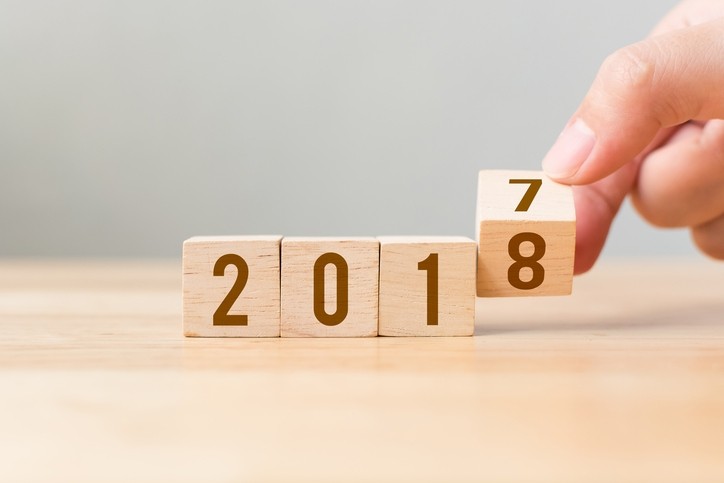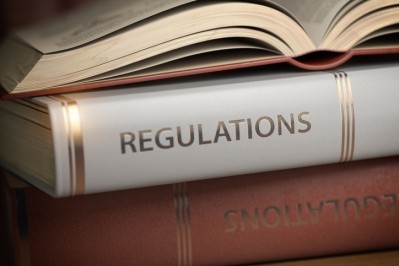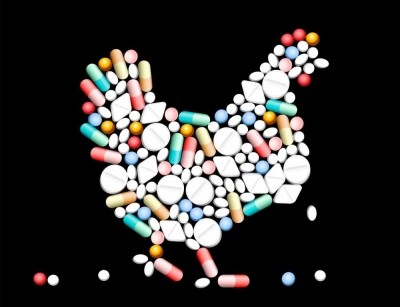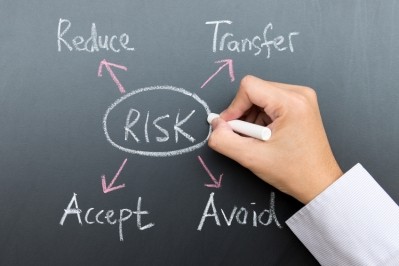EU feed industry outlook 2017: The trade group perspective

Nick Major, FEFAC President, looked ahead.
The first acute challenge of global scale in 2018 is the critical shortage in vitamin A and vitamin E supplies following a force majeure shutdown of production capacity of a worldwide vitamin producer. “That may last until at least March or April 2018.”
FEFAC has formally informed its livestock farmer association counterpart that feed manufacturers globally expect to see an impact on the inclusion rates in feed. “As a feed sector, we are committed to do our absolute best to ensure that the deficit in vitamin A and E supplies does not negatively affect animal health and welfare.”
“We should be less concerned with always finding an answer to the noise the critics make and focus on better explaining what our role in the livestock sector is to people that enjoy consuming animal products and look forward to continue doing so.”
He said the organization eagerly anticipates the legislative proposals for the ‘post 2020’ version of the Common Agricultural Policy (CAP), following on from the Communication on the Future of Food and Farmingpublished by the EU Commission last November.
“More specifically, we look forward to the European Protein Plan, which was first announced at the FEFAC Congress in June 2017, scheduled for the end of 2018. We hope this Commission Report will emphasize the nutritional requirements of livestock in its expected drive to produce more crop cultivation in Europe and go beyond the narrow, negative focus of the European protein deficit.”
AMR action
FEFAC witnessed major breakthroughs this year at ‘Brussels level’ on the recognition of the positive contribution of the feed industry.
“Animal nutrition strategies received credit in the new prevention chapter of the EU AMR action plan, while the feed industry capacity to help reduce food waste was emphasized with the Circular Economy Package. We hope this work in progress trickle down to the national level in 2018, in particular via extended chapters on preventive measures covering animal nutrition in national AMR Action Plans and the clarification of the boundary between feed and waste legislation.”
The Commission Product Environmental Footprint (PEF) pilot studies are expected to reach their final stage at EU level early 2018. “FEFAC has invested heavily in the Feed PEFCR Pilot, which provides a harmonized method for measuring the environmental footprint of feed production. This will be a crucial development in determining the environmental performance of animal products and confirm our role as a resource efficient livestock partner.”
Public image
He hopes the feed industry, in 2018, can further increase its external visibility and communication to the benefit of its public image. “We should be less concerned with always finding an answer to the noise the critics make and focus on better explaining what our role in the livestock sector is to people that enjoy consuming animal products and look forward to continue doing so.”
“In recent years we’ve seen more and more successful one-sided public campaigns against certain ‘substances’ or ‘chemicals’ used in agriculture and food production. I think we must continue to support EFSA and Commissioner Andriukaitis, who have advocated strongly to build food and feed safety legislation on science-based risk assessments.”
And the view of a leading feed manufacturer....
Carlos Diaz, CEO of fish feed company, the BioMar Group, gazed into the crystal ball for us.
"For 2018, the BioMar group sees an increasingly competitive scenario especially in the salmon feed markets.
"We expect sustainability and responsible raw material sourcing will remain hot topics in the coming year. It’s possible that new technologies like blockchain will find their way into the traceability arena as chain-of-custody continues to increase in importance.
"Sustainability in the aquaculture industry begins with the feed and BioMar will continue to find alternative feed solutions to meet the demand of the market and our customers through collaborative partnerships.
"The new ASC feed standard will most likely also make its entry in 2018, and, hence, it will be critical for feed manufacturers to continue to find responsible raw materials that produce high quality feed for the production of nutritious and sustainable seafood."












